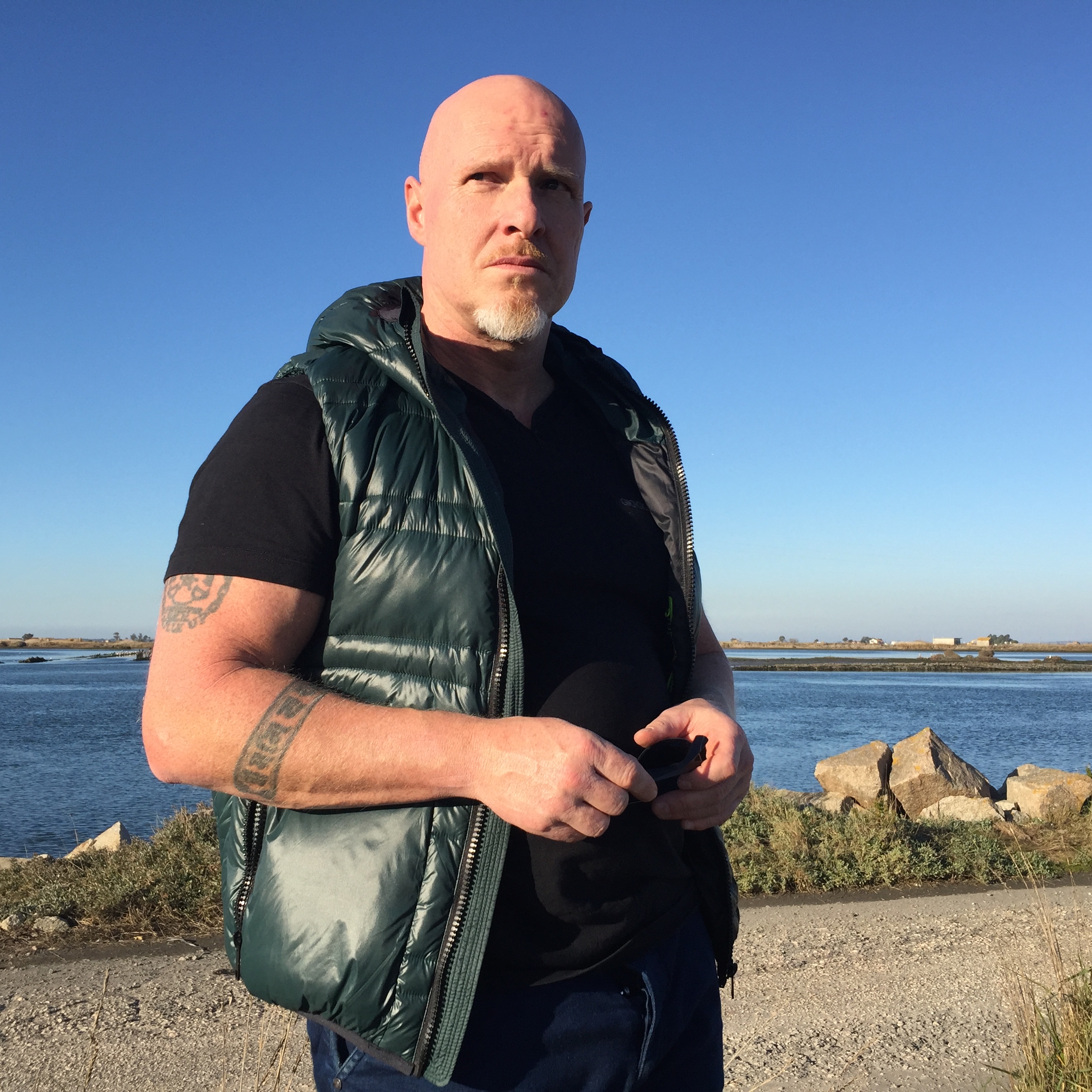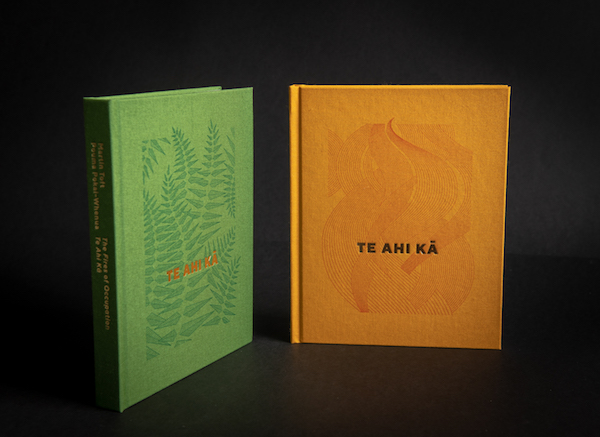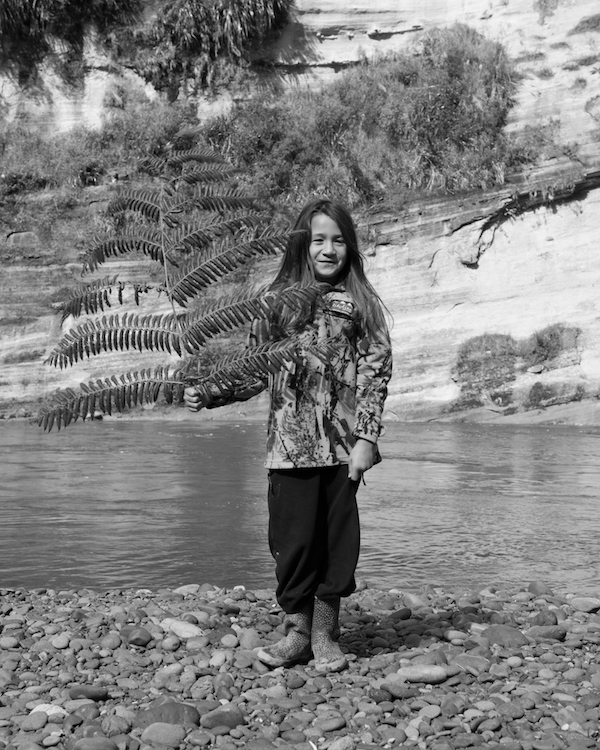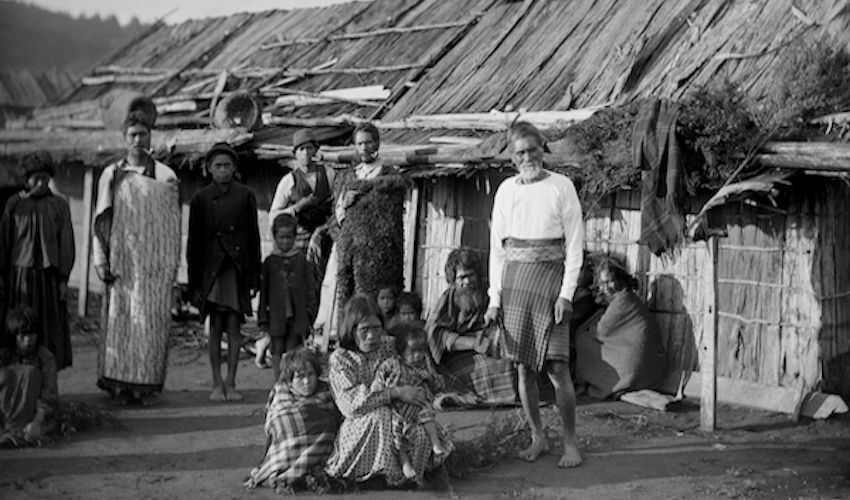In 1996, he had spent six months in an area known as the King Country, in the middle and upper reaches of the Whanganui River, receiving the Māori name Pouma Pokai-Whenua.
There, he met Māori who were trying to reverse the colonisation and return to their ancestral land, Mangapapapa, which is on the steep banks of the river inside Whanganui National Park.

Pictured: Photographer Martin Toft first visited New Zealand in 1996.
Martin returned 22 years later to rekindle the "spiritual kinship" he had experienced, translating that into his book 'Te Ahi Kā – The Fires of Occupation'.
It explores the current Whanganui River Deed of Settlement, Ruruku Whakatupua, and the projects led by local Māori to settle historical grievances with the government.
At the heart of the book is the Whanganui tribes’ claim to the river, which is seen by them as both as an ancestor and as a source of both material and spiritual sustenance.

Pictured: Te Ahi Kā is available in two different covers.
Whanganui River is the lifeblood of the Māori and the tribes take their name, their spirit and their strength from it. In his book, Martin wanted to explore the deep physical and metaphysical relationships between the river and the Māori.
Edited by Rafal Milach and designed by Ania Nałęcka-Milach, the book was shortlisted for the Kassel Dummy Award 2018. It consists of 89 colour and black and white photographs spanning from 1885 to 2017, including rare images held in 19th and 20th century collections in New Zealand and vernacular images from Māori family albums.
Seven hidden chapters of text appear inside fold-out of double page spreads, that include conversations with tribal elders in relation to Māori cosmology and provide context about the return to their ancestral homeland, Mangapapapa.

Pictured: Fern, portrait of Te Arahi made on the river banks of Mangapapapa kāinga.
It has been published with two different covers highlighting two ancient practices.
The 'female version' features an image of a fern used by Māori women as a means of purification, protection and prayer, while the 'male version' features an image of flames, as embers are traditionally wrapped in a Ponga tree leaf (silver fern) to carry the fire from one village to another as a symbol of occupation.
Martin, who recently saw one of his portraits included in the prestigious 'Portrait of Britain' exhibition, will be at CCA Galleries International between 17:30 and 19:00 on 22 November for a book signing event.
IN PICTURES: A special relationship captured on camera...


Comments
Comments on this story express the views of the commentator only, not Bailiwick Publishing. We are unable to guarantee the accuracy of any of those comments.